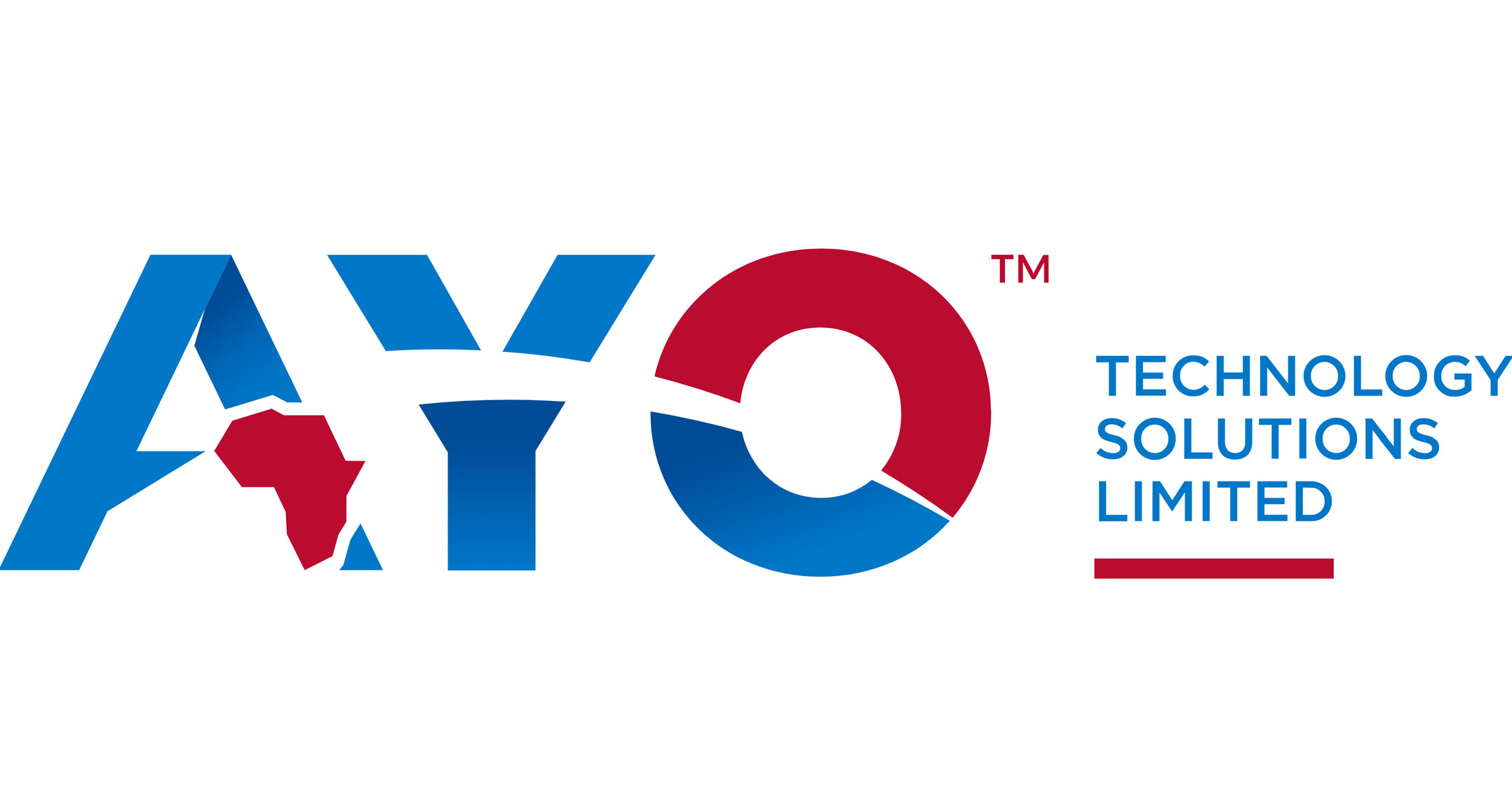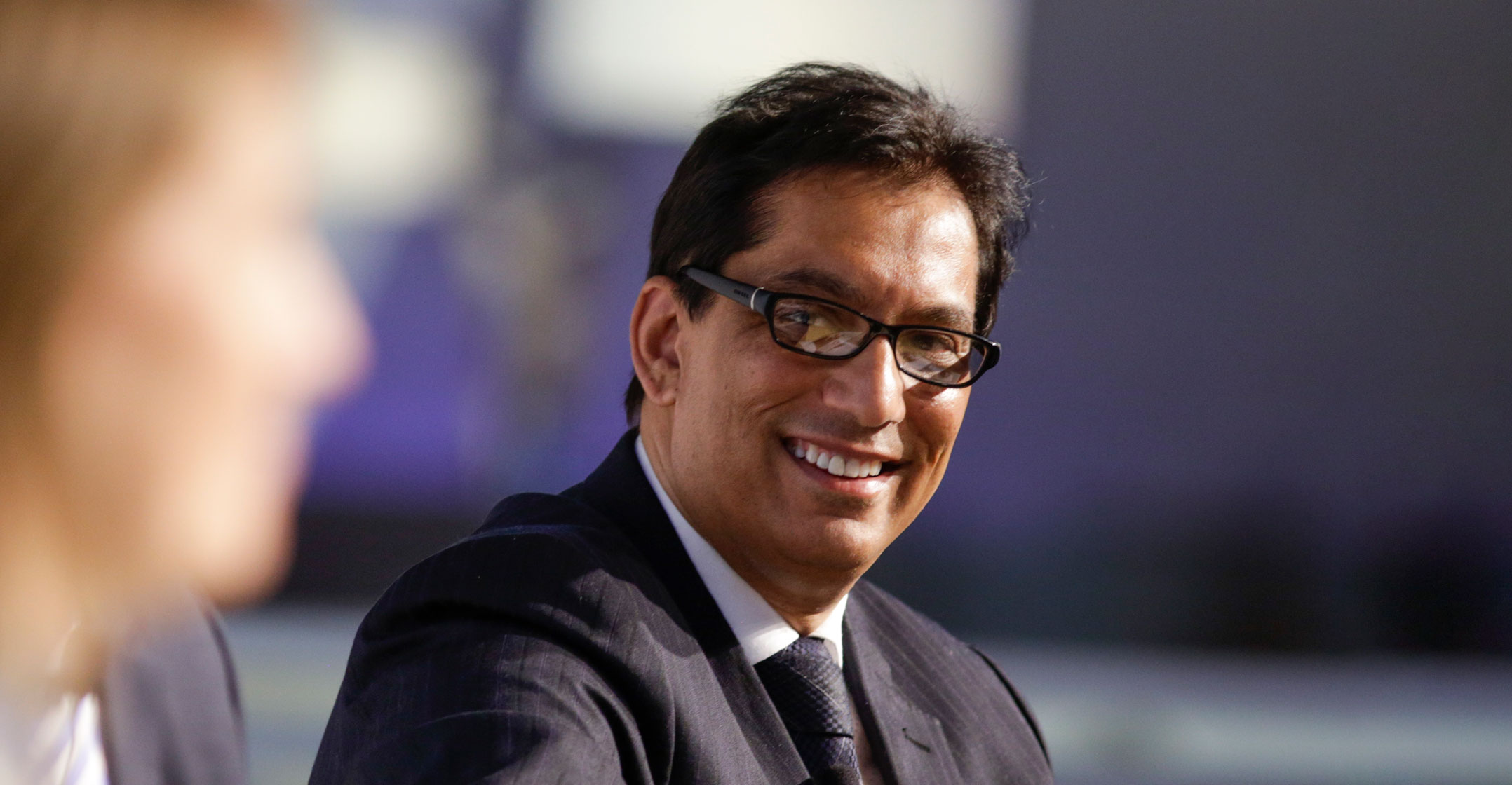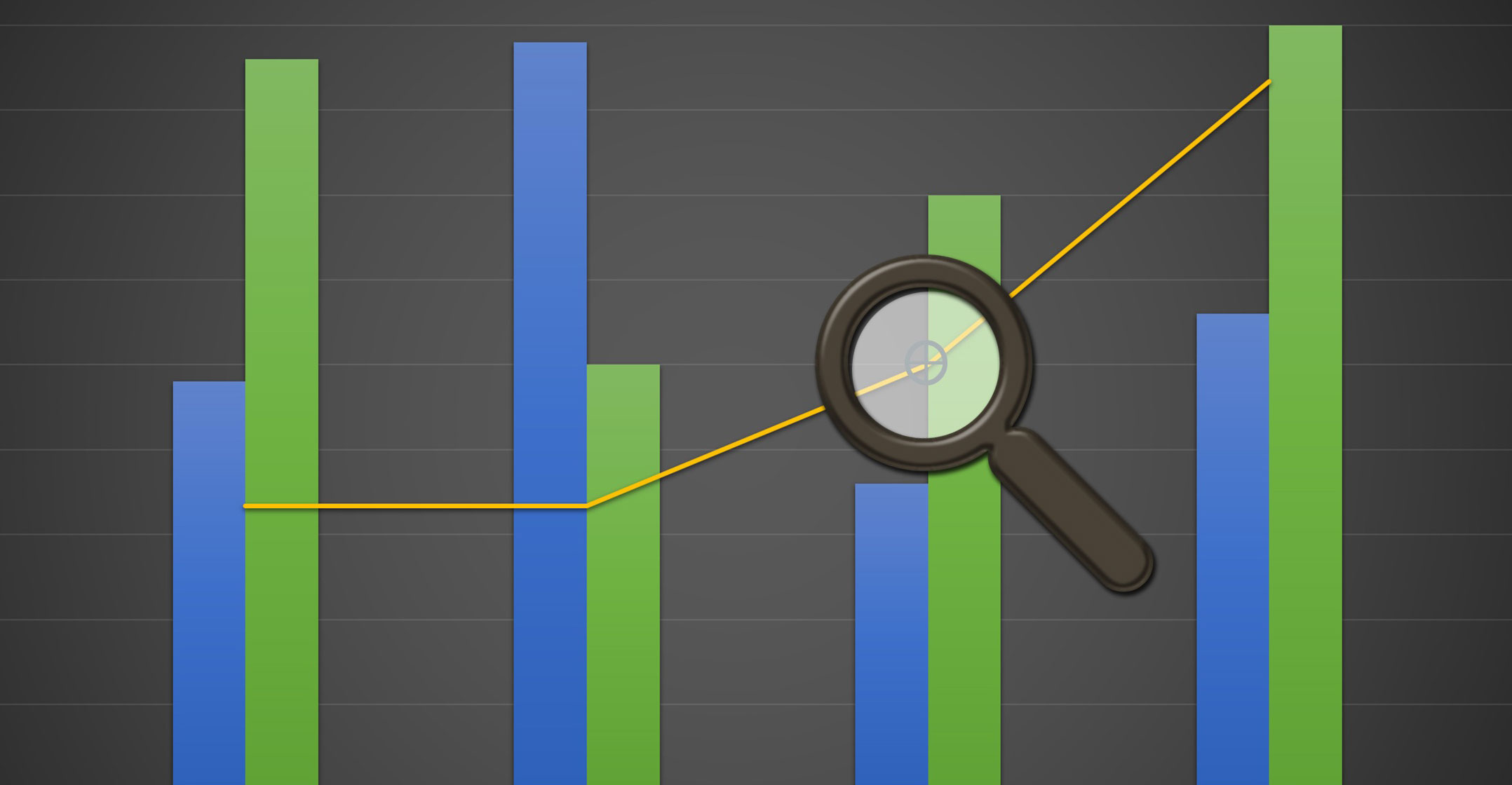
The Public Investment Corp (PIC) and African Equity and Empowerment Investment Group (AEEI), Sekunjalo’s listed vehicle, value Ayo Technology Solutions at a healthy R14.8bn.
The market values it at R11.3bn, which, while substantially lower, still reflects a price-to-earning multiple of 95.
The share has lost a quarter of its value since its 21 December listing and the PIC is more than R1bn out of pocket. This has raised questions in the market about the PIC’s investment criteria, which from the outside appear to be highly selective.
The listing followed a private placement in which the PIC was the only participant, pumping R4.3bn into Ayo, the tech company of AEEI and, ultimately, Sekunjalo and its leader Iqbal Survé, with AEEI bringing its holding down from 80% to 49%.
Noise around the Ayo share is in part due to the association with Survé, who incidentally tried unsuccessfully to list Sagamartha Technologies in April.
Survé and Sekunjalo, according to Ayo, “hold only an historical nominal direct interest in Ayo equivalent to 0.015% and 0.00038% of the issued share capital of Ayo respectively”.
Whether it’s the Survé association or not, the market is clearly finding the PIC and AEEI valuation hard to swallow despite the fact that, since listing, Ayo has come out with buoyant financial results and a material deal to manage Sasol’s global IT requirements.
Noise around the share is rooted in the private placement, which brought a company valued at R14.8bn to the JSE with R478.7m in revenue, R29.6m in bottom-line income and R292.4m in total assets prior to the listing.
The share sits at R33, but since listing, it has been on a roller-coaster between R45 and R24.
The PIC has been called out on the investment, largely because it seems to have gone ahead without it being put to its board. The PIC said it was investigating its own decision, but appears to have concluded in its own favour.
‘Satisfied’
“The investment committee wanted to see if all the investment processes and procedures were followed,” PIC investor relations specialist Sekgoela Sekgoela told Moneyweb. “The investment committee is satisfied with the outcomes.”
The private placement saw it invest R4.3bn at R43/share for a 29.9% stake in Ayo, and valuing Ayo at R14.8bn, while AEEI reduced its stake from 80% to 49%.
According to a PIC presentation it forwarded to Moneyweb, its investment was justified as it believed the IT industry consolidation would increase the sectors’ attractiveness.
With a fragmented market, and market leader EOH Holdings only having a 6.6% share, there was “significant scope to increase market share by acquiring smaller companies”, according to Ayo strategy documents.

The PIC said services and software are the two most attractive sub-sectors in ICT, with higher margins, greater pricing power, a significantly high proportion of recurring revenue and low capital intensity.
It said significant BT (British Telecom) clients were looking for transformed ICT providers, and “Ayo’s capital was necessary to ensure that BT meets its customers’ BEE requirements”.
Ayo bought 30% of BT’s South African business from AEEI, reportedly for R990m, and has an alliance agreement with it. This seems to be the crux of the PIC’s interest: that BT clients will move over to Ayo because of its empowerment credentials.
This is where it becomes confusing, as the stake in BT has been passed from one set of black owners to another.
Without providing details on Ayo’s prior black ownership, CEO Kevin Hardy said Ayo is 77% black owned, and 33% of this ownership is by women — and this is “the fundamental difference between the pre-listing and the post-listing ownership”.
This shareholding is transformative, significant, and assists clients with their own preferential procurement policies, he said, and Ayo has a competitive edge helping clients reach their targets. This appears to be true, with Ayo picking up the Sasol contract in May.
Just prior to this announcement, Ayo announced that in the six months to February, its revenue increased by 49% to R349m (R234m previously), while operating profit increased by 55% to R45m (R29m). Headline earnings more than doubled to 17.36c.
According to the company, its asset base grew from R188m to R4.6bn (including capital raised from the listing), while its net asset value (NAV) grew to 1 257c from 8.57c.
It is at due diligence stage on three acquisitions.
Hardy would give no details, other than to say there were a “number of acquisition and business discussions going on at present”.
Sasol deal
He added: “The market confidence — locally and internationally — in Ayo’s ability to deliver on its mandate, remains firm.”
The Sasol deal will see Ayo provide and manage Sasol’s entire global network, communications and security services from South Africa, and will have a material impact on revenue and earnings. Hardy gave no other details other than to say there “are many other multinationals and large organisations that require, and are considering, Ayo’s particular supporting services”.
Asked about share price volatility, Hardy said the “volumes are small, so any movement — up or down — would be seen as volatile and should therefore be seen in that context”.
He could not comment on market sentiment, but said the results of the company’s continued delivery of its services to clients speak for themselves.

Asked about the valuation, he said NAV has no bearing on the valuation of any digital/technology business. “It is about the future value that will be created in the long term.”
He went on to say: “At the time of listing, Ayo had a market cap just under R14bn… We see no reason why this potential will not be achieved or realised and even exceeded, given the scope of what is required in the local market, how fast the world is changing (digitally speaking), and the need for the basket of services and skills base that Ayo already has on offer, which is already resonating with a growing client base.”
Ayo’s 13 December 2017 pre-listing statement said it wanted 5-8% of the South African ICT market by 2022, achieved by exploiting its competitive advantages — including its empowerment credentials, global alliances and strong management — and by expanding its existing service offering through organic growth and acquisitions.
The Sasol deal and others in the making may bring it there a lot quicker than it dreamt of. The market, however, remains wary.
- This article was originally published on Moneyweb and is used here with permission

